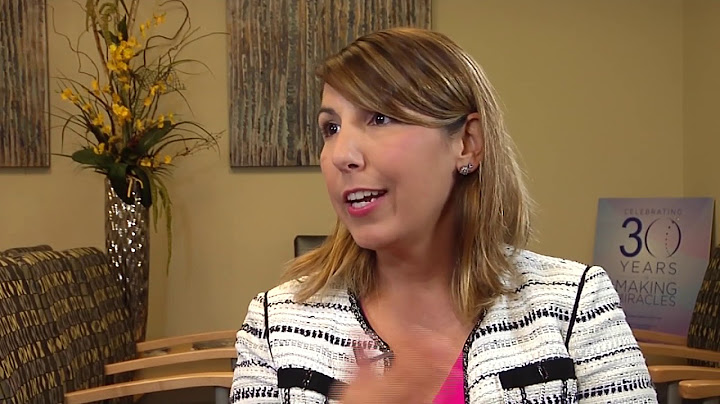In some scenarios, it’s not always clear whether breast milk is safe to give to your baby or needs to be discarded. Here are the most common “can I feed my baby this breast milk” questions, and answers according to the available guidelines and information. Show
 This post may contain affiliate links, which means that if you click a link and take action, I may make a small commission at no additional cost to you. I only recommend products I love! More info here. My baby didn’t finish a bottle. Can I reuse it and offer the bottle later?If my baby drank some breast milk but didn’t finish the bottle, can I feed the leftover milk later? Yes. You can offer it again within two hours. Per the CDC, the guideline that we should follow is:
What’s the reasoning behind this guideline? When your baby begins drinking from a bottle, there will be some bacterial contamination that occurs in the breast milk. How quickly this will make the breast milk unsafe to consume depends on the room temperature, how long the milk has been stored, and the bacteria present. As a general guideline (without knowing the individual circumstances of each bottle) the CDC states that offering again within two hours should be safe for consumption. After that, it may not be, and so should be discarded.  If I warmed a bottle and baby didn’t drink from it, can I put it back in the fridge? How long does breast milk last after warming?If I warmed a bottle of breast milk and my baby didn’t drink any (she went back to sleep), can I put it back in the refrigerator and offer it again? Yes. You can offer it again within the next two hours. Per the CDC:
The reasoning here is that bacteria starts to grow more quickly when the milk is warmed. Can you reheat a bottle of breast milk?If I’m reusing a bottle within the two hours, should I put it back in the fridge and rewarm it, or just leave it at room temperature? Either rewarming or leaving it at room temperature is fine – whichever works best for you. Per Kellymom:
Just be sure to use or discard within two hours of the first warming. Can I refreeze frozen breast milk?My milk thawed in a power outage. I’m heartbroken! Can I refreeze it? This is the worst feeling – I’ve had all my milk thaw due to one of my older kids unplugging my deep freezer. But unfortunately, you cannot refreeze thawed breast milk, and you need to use it within 24 hours of when it has finished thawing (not from when the power outage started or you took it out of the freezer). One important thing to note when considering this is that “finished thawing” means that all of the ice crystals are gone. If your breast milk still has ice crystals, it is considered safe to put back in the freezer.  Can I take breast milk out of the fridge and let it come to room temperature?Can I take my breast milk out of the refrigerator and let it gradually warm up, instead of using a bottle warmer? Yes, you can. However, there is a time limit on how long you can leave it out. Again, per the CDC:
So you have two hours once your milk comes to room temperature to feed it to your baby. How long does it take breast milk to come to room temperature when sitting out? I love experiments, so I tested it out.  It took about two hours when I tested it out (room temperature in my Chicago-in-January house was 66 degrees). How long it will take your breast milk to warm to room temperature will depend on how much milk is in the bottle, what the ambient temperature is, and the composition of the milk. However, I think two hours is a good general guideline. Can I leave refrigerated breast milk out, and feed it to baby in the middle of the night?In the past, you’ve recommended letting freshly pumped milk sit out until baby’s first nighttime feeding (within 4-8 hours*). Can I do this with previously refrigerated milk, or does it have to be freshly pumped? You can, as long as the feeding occurs with four hours – two for it to come to room temperature, and the two that it can sit out according to the CDC guideline discussed above. So, if your baby goes to bed at 8pm, you take the milk out and go to bed at 11pm, and your baby normally wakes up for a feeding before 3am, that will work fine. *Note: The guidelines on how long freshly pumped breast milk can be safely left out at room temperature vary. The CDC says 4 hours is the maximum; Kellymom says 4-8, with 3-4 being ideal. Can I take thawed breast milk out of the fridge and let it come to room temperature?I’ve weaned from the pump and am feeding my baby from my freezer stash. I want to take some breast milk with me on an outing with my baby. I know I can’t thaw the milk at room temperature. But can I thaw it, and then let previously frozen milk come to room temperature in a my diaper bag before feeding it? I could not find a clear answer to this question. There are two parts to the question – a) can I let a bottle of previously frozen milk come to room temperature over time, and b) can I let a bottle of previously frozen breast milk sit out at room temperature until baby is ready to drink it? We have to answer to the second part of the question from the Department of Health and Human Services:
So yes, a bottle of previously frozen breast milk can sit at room temperature for 2 hours. However, they do not specify how the breast milk must get to room temperature. We know that we can’t thaw milk at room temperature (it needs to be done in the refrigerator or in water), but after it’s thawed, can it sit at room temperature to warm, or does it need to be warmed to room temperature by putting it in a bowl of lukewarm water? I read through a lot of documentation, and was not able to find an answer. So, if you want to be on the safe side, I would recommend keeping the previously frozen milk cold in a cooler (more options here) and then warming it using one of the methods described here for warming breast milk outside the house. What “can I feed my baby this breast milk” questions do you have that I missed? Share them in the comments, and I’ll try to find the answer! Want help putting together the perfect pumping schedule for you that saves your sanity AND your milk supply? Check out the Exclusive Pumping Playbook! Includes cheat sheets for setting up systems and routines to make things easier. Use EPUMP30 for 30% off. References
|

Related Posts
Advertising
LATEST NEWS
Advertising
Populer
Advertising
About

Copyright © 2024 paraquee Inc.


















